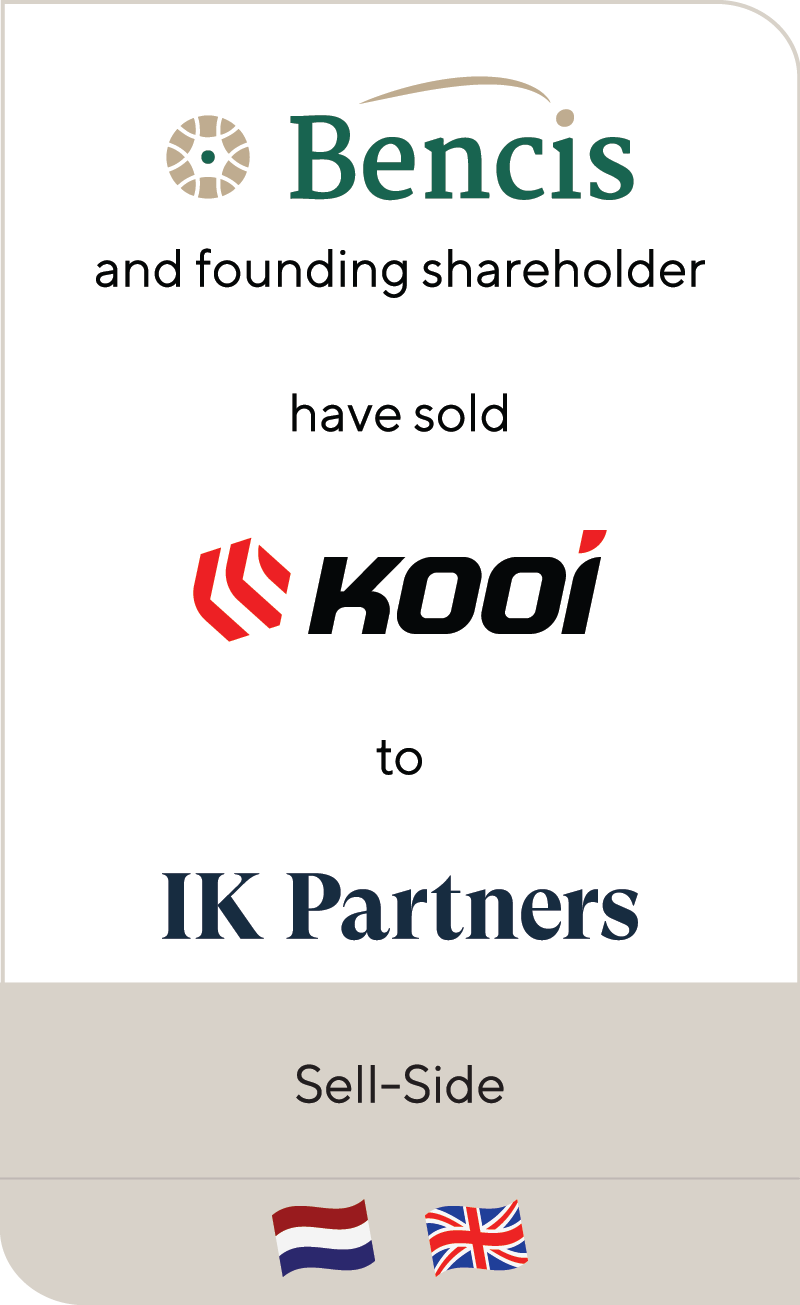Distribution M&A: Outlook on 2024
Feb 2024
| The distribution sector has faced a series of challenges initiated and driven by the COVID-19 epidemic over the past several years. These have included changes directly attributable to the epidemic, such as major shifts in demand for certain product categories (e.g., cleaning supplies, commercial hygiene and personal protective equipment), as well as temporary declines in business performance due to the stay-at-home orders and resulting recession of mid-2020. Distributors also contended with the second- and third-order effects that have followed, such as supply chain snarls, spikes in shipping and logistics costs, widespread inflation and price increases, as well as de-stocking and new order reductions across numerous industrial subsectors in 2023.
These challenges have created headwinds to mergers and acquisitions (M&A) activity in the distribution sector amidst choppiness in the broader financial markets. However, deal volume has the potential to rebound as the broader economy puts COVID-19 and its follow-on effects further in the rearview mirror and enters 2024 with a more optimistic outlook. In our latest perspective, Lincoln International reflects on previous distribution market dynamics and provides an outlook for the rest of this year. |
Summary
-
Lincoln International reflects on previous distribution market dynamics and provides an outlook for the rest of this year.
- Click here to download a printable version of this perspective.
- Sign up to receive Lincoln's perspectives
A Look Back at 2022-2023
Overall M&A activity slowed significantly beginning in the second half of 2022 and continued that trend into 2023. While the distribution sector outperformed the broader market in terms of M&A transactions for much of that period, it was far from immune to the negative sentiment that permeated credit and equity markets over the past 18 months.
Still, despite that market volatility, businesses with certain key attributes continued to perform well last year, and in a few notable cases attracted significant new investor interest:
- Sturdy and diversified supply chains non-reliant on any single supplier or geographic region (particularly China, where geopolitical tension has caused concerns among investors about new tariffs or other impediments to trade)
- Established leadership serving naturally resilient end markets—such as foodservice, automotive aftermarket and repair, industrial maintenance, repair and overhaul applications and commercial consumables—and the ability to articulate a compelling rationale for long-term demand growth
- The internal databases and reporting to track and analyze historical business data, providing the wherewithal to explain commercial and financial performance, as well as demonstrate sustainability of current performance and validate the achievability of financial forecasts
Lincoln Perspective for 2024
We are focused on are three main factors that will impact distributors’ performance and M&A activity over the next several quarters.
|
1 |
Price and Downstream DemandAs the impact of COVID-19-era government stimulus recedes and broader price inflation declines, markets for goods and services across all economic sectors are reaching for new equilibria that balance prices with underlying demand. This has been especially true in the industrial sector, where according to the PMI survey and indices, December 2023 was the 14th straight month of contraction in manufacturing activity, driven by a drop in new orders. The contraction in demand for industrial goods in 2023 was doubtless driven by many factors, but two have stood out among distributors serving industrial customers: 1) tighter customer budgets (in many cases caused by increased interest rates) colliding with higher per-unit pricing (caused by widespread inflation); and 2) de-stocking by customers, many of which had built up inventory reserves as protection against supply chain challenges and product scarcity during COVID-19. Though 2023 saw a decline in demand, it is important to note that a few key trends improved in the fourth quarter, suggesting that contraction in industrial activity is bottoming out and may be poised for growth in the coming year:
Where distribution businesses have performed well, investors have been focused on the sustainability of demand, pricing and margin. Significant time and effort are spent validating the continuation of end market demand and financial performance into the future and ensuring that recent revenue growth and profits have not been increased by temporary drivers related to COVID-19, government stimulus, etc.
|
|
2 |
Interest RatesInterest rates and fixed charge coverage have been the main suppressors of M&A activity since 2022, dictating leverage availability for new buyout transactions and reducing both purchase price multiples and expected equity returns. In response, many investors have gone into “risk-off” mode while the market awaits a broad-based consensus on inflation and interest rates into the foreseeable future. That said, private equity investors’ need to deploy capital paired with pressure to realize returns on longer-hold investments (especially those due for loan refinancings) will eventually impel sponsors to transact. When interest rates drop, we expect market activity to pick up significantly. |
|
3 |
Geopolitical ConcernsWith geopolitical tensions high amid ongoing “strategic competition” between China and the West (primarily the U.S.), supply chain diversification and hardening have been a major theme for distribution platforms in recent years. Accordingly, many distributors have felt a renewed sense of urgency in identifying and opening alternative sources of supply. This manifests in preferences for a broader base of suppliers and a dedication of resources to contingency planning for “hero” product lines and / or original equipment manufacturer partners. It has also driven distributors to extend their supply chains into other countries in eastern Asia where they already have local relationships and market knowledge, such as Vietnam or Thailand. Others are shifting their supply chains into new geographic regions outside of Asia, with many opting for a “near-shoring” approach and seeking new supply partners in the Americas. |
| While some 2023 headwinds have persisted into the new year, M&A activity in distribution is turning the corner on the challenges above, and poised for a major rebound in the coming quarters. When the market does shift back into a growth mode, we expect pent-up investor demand will unleash high levels of deal volume and competition for attractive investment opportunities. Companies and investors that are considering a transaction should engage a trusted advisor, such as Lincoln International, as soon as possible to ensure readiness when it is time to go to market. |
Contributor
Meet Professionals with Complementary Expertise in Business Services
Related Perspectives in Business Services

Facilities Services Market Update Q1 2024
After a series of declining quarters since 2021, Q1 2024 marks another acceleration in mergers and acquisitions (M&A) activity, with ~7,200 deals closed, according to S&P Global. This represents an… Read More

Lincoln International adds Lewis Gray as Managing Director
Lincoln International, a global investment banking advisory firm, is pleased to announce that Lewis Gray has joined as a Managing Director in the firm’s Business Services Group in London. Lewis… Read More

“Leader to Leader” Series
The Leader to Leader video series turns up the dial on rich conversations with prominent leaders – from business owners and entrepreneurs to investors and CEOs – highlighting their stories… Read More

FreightWaves | Logistics M&A Market Looks Brighter in 2024
Originally posted on FreightWaves on March 6, 2024. Gaurang Shastri, Managing Director in our Business Services Group, recently discussed the 2024 mergers and acquisitions market in FreightWaves’ 3PL Summit. Watch… Read More





















